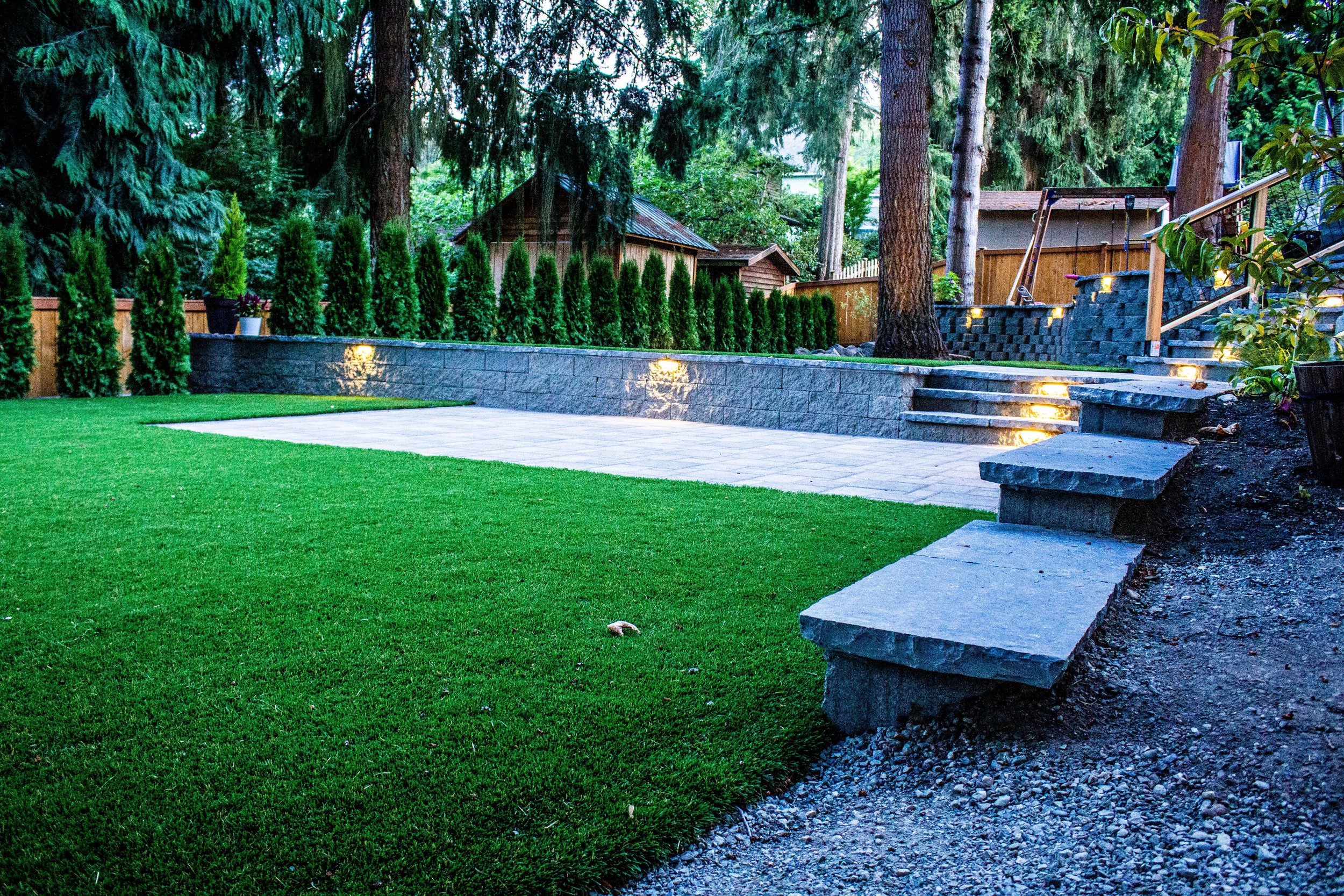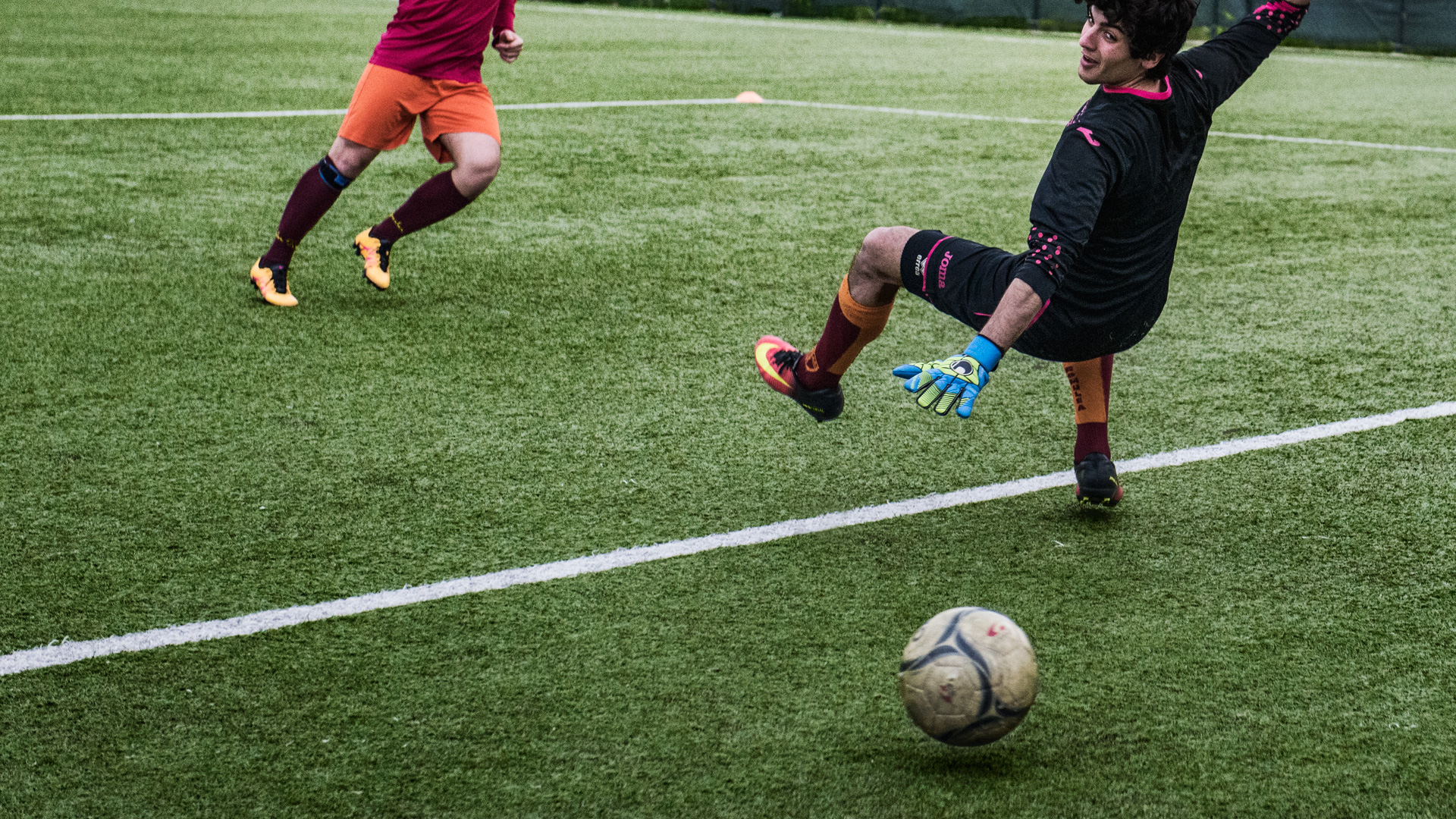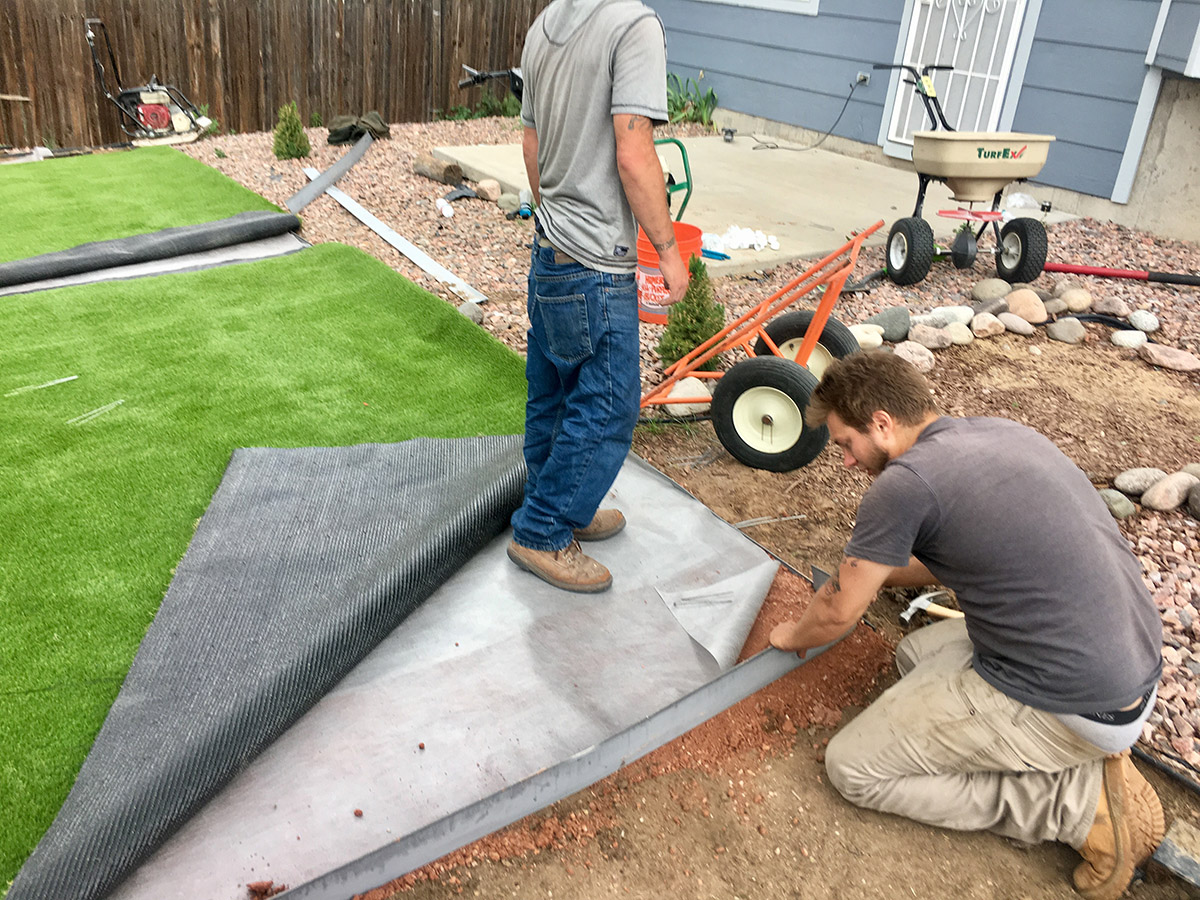Eco-Friendly Arizona Artificial Turf for a Year-Round Lush Green Lawn
Eco-Friendly Arizona Artificial Turf for a Year-Round Lush Green Lawn
Blog Article
Look Into the Environmental Benefits of Opting for Artificial Lawn Solutions
The adoption of artificial lawn solutions presents a compelling chance to resolve pressing ecological obstacles. By substantially decreasing water use and minimizing the application of damaging chemicals, these options not only advertise lasting landscape design yet likewise shield neighborhood ecosystems.
Water Conservation Advantages
One of the most significant benefits of artificial turf is its capacity to save water. In comparison, artificial lawn does not need watering, significantly lowering the general demand for water sources.
By eliminating the demand for regular watering, synthetic grass adds to lasting landscape techniques and assists reduce the environmental influence of excessive water intake. Furthermore, the preservation of water reaches the decrease of drainage, which can cause dirt disintegration and river contamination.
Furthermore, the installment of artificial grass allows house owners and districts to assign water sources much more effectively, concentrating on crucial uses such as alcohol consumption water and farming. The change towards artificial grass not just advertises liable water usage yet additionally straightens with broader environmental objectives focused on maintaining all-natural sources.
As areas increasingly prioritize sustainability, the water conservation benefits of synthetic turf offer a compelling case for its fostering in commercial and domestic landscaping projects.
Decreased Chemical Use
The shift to man-made grass dramatically lowers the dependence on chemical therapies frequently utilized in all-natural lawn maintenance. Conventional turf monitoring generally involves the application of herbicides, fertilizers, and chemicals to promote growth and control bugs. These chemicals can position risks to human wellness, neighborhood wild animals, and the atmosphere, contributing to dirt and water contamination.
In comparison, fabricated lawn gets rid of the need for these harmful materials. When installed, it calls for very little upkeep, largely consisting of regular cleaning and seldom infill replenishment. This decrease in chemical use not only profits the instant atmosphere but additionally contributes to more comprehensive environmental security. By reducing the launch of synthetic substances into the community, synthetic grass advertises much healthier dirt and water systems.
Additionally, the lack of chemical overflow related to fabricated turf setups aids secure regional rivers from air pollution, supporting aquatic life and maintaining biodiversity. Turf installation phoenix az. As neighborhoods significantly prioritize sustainable techniques, opting for synthetic grass offers a viable remedy that aligns with environmental preservation objectives. With this shift, homeowner can enjoy lush eco-friendly areas without endangering eco-friendly health, leading the way for an extra sustainable future
Reduced Carbon Impact

Additionally, the installment of synthetic grass can lead to considerable water conservation. All-natural yards call for substantial quantities of water for irrigation, which not only contributes to the carbon impact connected with water removal and therapy however likewise strains regional water resources. On the other hand, synthetic grass needs very little upkeep, calling for no watering, therefore dramatically minimizing water use and its connected energy costs.
Additionally, the longevity of synthetic grass adds to its decreased carbon impact. With a lifespan of as much as 15 years or even more, the requirement for frequent replacements is lessened, leading to less waste and reduced power usage in manufacturing and taking care of conventional turf alternatives. Overall, synthetic grass offers a sustainable option for environmentally aware landscape design.
Environment Preservation
Habitat conservation is an important factor to consider in the dispute over landscaping selections, especially when comparing synthetic grass to all-natural turf. All-natural lawn lawns typically click over here require considerable maintenance, consisting of the usage of pesticides, plant foods, and herbicides, which can adversely influence regional ecosystems. These chemicals can seep right into the soil and waterways, damaging native vegetation and fauna and interfering with neighborhood environments.
Man-made turf gets rid of the requirement for dangerous chemicals, therefore shielding nearby wildlife and preserving the stability of surrounding communities. The installation of artificial lawn can lead to the conversion of former grass areas into more biodiverse landscapes, such as pollinator gardens or native plant locations, which can sustain neighborhood wild animals.
Inevitably, the transition to synthetic grass not just preserves water and lowers upkeep efforts but also cultivates an extra harmonious connection in between human activities and the natural setting, advertising environment conservation at the same time.
Long-Term Sustainability
Long-term sustainability is an important consider reviewing the benefits of synthetic grass over conventional grass yards. One of one of the most considerable benefits of synthetic grass is its toughness; it can last as much as 15-20 years with minimal upkeep, whereas natural grass calls for regular reseeding and replacement. This long life decreases the demand for continuous resources, such as water, plant foods, and pesticides, which are important for keeping a healthy and balanced yard lawn.
In addition, synthetic grass adds to a decrease in carbon discharges linked with yard treatment equipment. Traditional grass commonly require gas-powered mowers, leaners, and blowers, all of which contribute to air contamination. Arizona artificial turf. On the other hand, man-made grass gets rid of the need for such tools, promoting a cleaner environment
Moreover, the manufacturing of fabricated turf progressively utilizes recycled materials, boosting its sustainability profile. As suppliers adopt green practices, the environmental impact of synthetic grass continues to reduce.

Conclusion
The fostering of man-made turf remedies provides significant environmental benefits, including substantial water conservation, decreased dependence on dangerous chemicals, and a lower carbon impact. Artificial grass help in preserving all-natural environments by lessening land disturbance and promoting lasting sustainability through the use of durable products. Collectively, these elements emphasize the potential of synthetic grass to add positively to ecological wellness and provide a feasible option to conventional landscape design practices in a significantly resource-conscious world.
In contrast, man-made lawn does not require watering, dramatically decreasing the general need for water sources. By see this website lessening the launch of synthetic compounds into the environment, man-made turf promotes much healthier dirt and water systems.
In addition, the installment of click resources artificial grass can result in significant water preservation. In comparison, fabricated lawn needs very little maintenance, needing no watering, consequently dramatically lowering water use and its associated energy costs.

Report this page